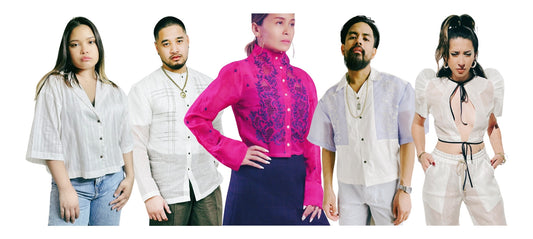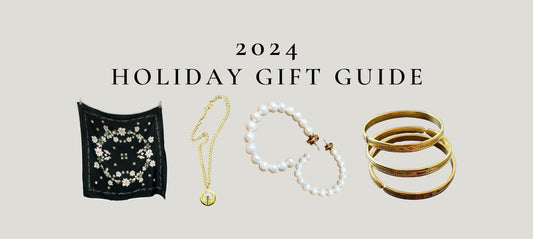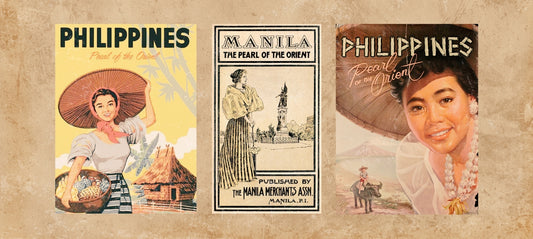The Barong Tagalog though a garment of pride and honour of Filipinos, it also carries with it a history of trauma and discrimination. In the past, it was believed that Spanish colonizers were in favour of the indios’ (indigenous) traditional transparent barongs to distinguish them from the ruling class and ensure that they were not concealing a weapon. So much so, that they exported the transparent shirt to all their colonies, to control their conquered populations. That is why you see versions of the Barong Tagalog in Cuba, Dominican Republic, Mexico. The Sandata (literally means sword) design series turns that history of the Barong Tagalog on its head, and it serves as an ongoing documentation of Philippine weaponry as a cultural heritage. The Sandata design also serves as a metaphor for our ongoing fight for liberation as a people.

Embroidered on the back of the barong:
Ang Wika at Isip na Hinasa ang Pinakamatalas na Sandata sa Pananalita man o Pakikipagkapwa
Translation: A sharpened mind and language are the most powerful weapons in communication or in community.
In Baybayin: Isip at Wika
Translation: Mind and Language/Culture

Glossary of Elements:
Bangsamoro groups of southwestern Mindanao and Sulu archipelago
1. GunongTausug | Bangsa, Jolo
Metal, Brass, Wood
The unique leaf-shaped blade makes the Barong distinguishable from other Filipino weaponry. Though weird looking to most people, the Barong Bolo has the most comfortable grip when used as a utility tool, and is one of the easiest to maneuver when used as a weapon. This blade is a powerful addition to the Filipino practitioners collection.
The Barong is said to be the blade of the Kuntaoists (Kuntao players) in Southern Mindanao.
3. Nawi
Panabas
Maguindanao | Cotabato
Metal, Wood, Rattan
The Panabas, also known as Nawi, is a large, forward-curved sword or battle axe used by certain ethnic groups in the southern Philippines. It can range in size from 2 to 4 feet and can be held with one or both hands, delivering a deep, meat cleaver-like cut. In its heyday, it was used as a combat weapon, as an execution tool, and as a display of power. Occasional use as an agricultural and butchering tool has also been noted.
The sword's name is a shortening of the word pang-tabas, which means "for chopping".
4. Kris
Sword
Maranao | Lanao del Sur
Metal, Brass, Wood, Cotton
The Kris is the most common Moro sword found in Sulu & Mindanao. The Kris sword is extensively used by the Tausug, Samal and Yakan warriors. The waves of each Kris denotes a flame or a serpent (depending on who has made it and for what purpose). The Kris with the most wave will always be carried by someone with the authority and believed to give the deepest thrust and could even go through the enemy's body.
The waves are simply variations that tells a stranger where they came from, what region, or land, or their position in the community. The Kris has a rather vague history with folklore giving many varying accounts where some also believe that it is symbolic of the stingray's tail. Some believe it's a design of the mythical serpent or dragon and some believe it has a distinct religious association.
There are so many reasons why the blade of a Kris is shaped like a crawling serpent. Whatever the reasons are, these type of swords can deliver the most damage when used with both slash and thrust movements. Hacking works well with this sword due to it's unique design. The unique design of the Kris distributes the weight perfectly for hacking anything it hits in half!
There are many versions of the Kris and each version has names that are not far from it’s original name, like Kalis, Keris, etc.
5. Kampilan
Sword
Maranao | Lanao del Sur
Metal, Ivory, Brass, Hair
According to Filipino history, the Kampilan is believed to be the main sword that struck down the famous explorer Ferdinand Magellan by the legendary Chief Lapu-lapu. Originally dual pointed with a carved hilt, these swords of the Moros of Sulu and Mindanao are carried by warriors who are in the first line of defense; and actually are considered a national weapon of the Moros of Sulu & Mindanao.
History shows a single swinging motion (like a baseball bat swing), can chop two heads (in which these swords are made for) at a time. So far, it is believed to be the longest sword of the Filipino warriors. The Kampilan is a heavy double pointed sword with a rich history in the Philippines. As maintained by tradition, the Kampilan is about 40" to 44" with a carved hilt with a single edge. Kampilans were widely used as "head-hunting" swords on enemies in the southern Philippines.
The handle is shaped like a jaw of reptile lizards and alligator makes this sword unique in appearance. In the past, strands of hair is attached to the butt-end of the handle for a more appealing and intimidating look.








